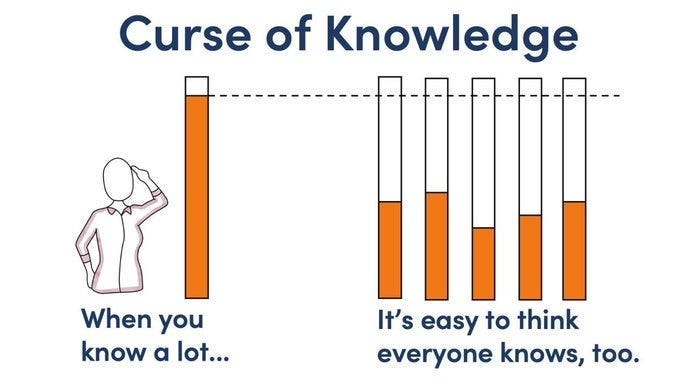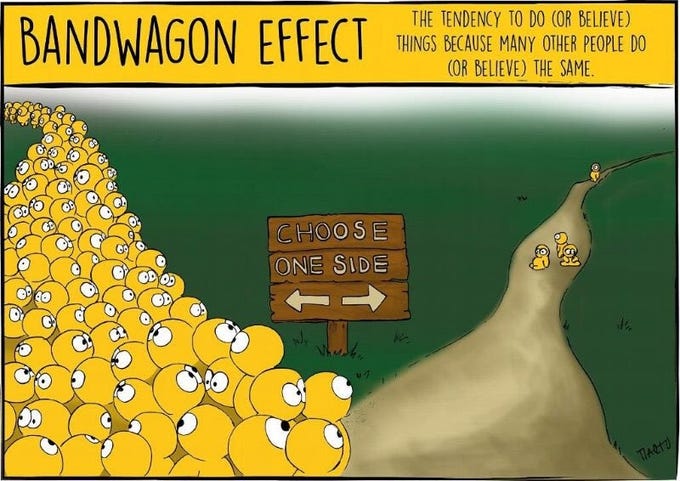I studied 12 Cognitive Biases — Here is What I found
Decoding Decision-Making Understanding Cognitive Biases
Think about picking between two choices, like what to buy or who to trust.
Seems straightforward, right? But what if I told you there’s more going on behind the scenes?
Meet cognitive biases — tricky little mental shortcuts that affect how we make decisions without us even knowing. Imagine you’re trying to decide which snack to munch on.
You might think you’re picking based on what you like best.
But what if I said your brain might be playing tricks on you?
It’s like having invisible whispers guiding your choices. In this article, we’re diving into the world of cognitive biases.
In this article, we’re diving into the world of cognitive biases. Don’t worry, we’ll keep it simple.
Cognitive biases are indeed systematic patterns of deviation from rationality or good judgment, which can affect decision-making processes.
Understanding these biases can help individuals become aware of their thinking patterns and potentially mitigate their negative effects.
Here are the 12 cognitive biases you’ve mentioned and a brief explanation of each:
Parkinson’s Law: work expands to fill the time given. When we have more time, we tend to procrastinate and become inefficient. A good reminder to track your task duration and energy level.
2. Goodhart’s Law: When a measure becomes a goal, it stops being a good measure. For: Exams and standard admission shifted the focus of education. It’s no longer about the students, but about grades and pay.
3. The Curse of Knowledge: Experts assume everyone knows what they know. But they struggle to teach or lead effectively for those still learning. Simplicity is an art.
4. The Bandwagon Effect: We humans are social creatures, which has its benefits.
But there’s a downside too… We often follow the crowd without thinking, just because everyone else is doing it.
Beware of the Bandwagon Effect, it’s like “groupthink” and can be risky.










